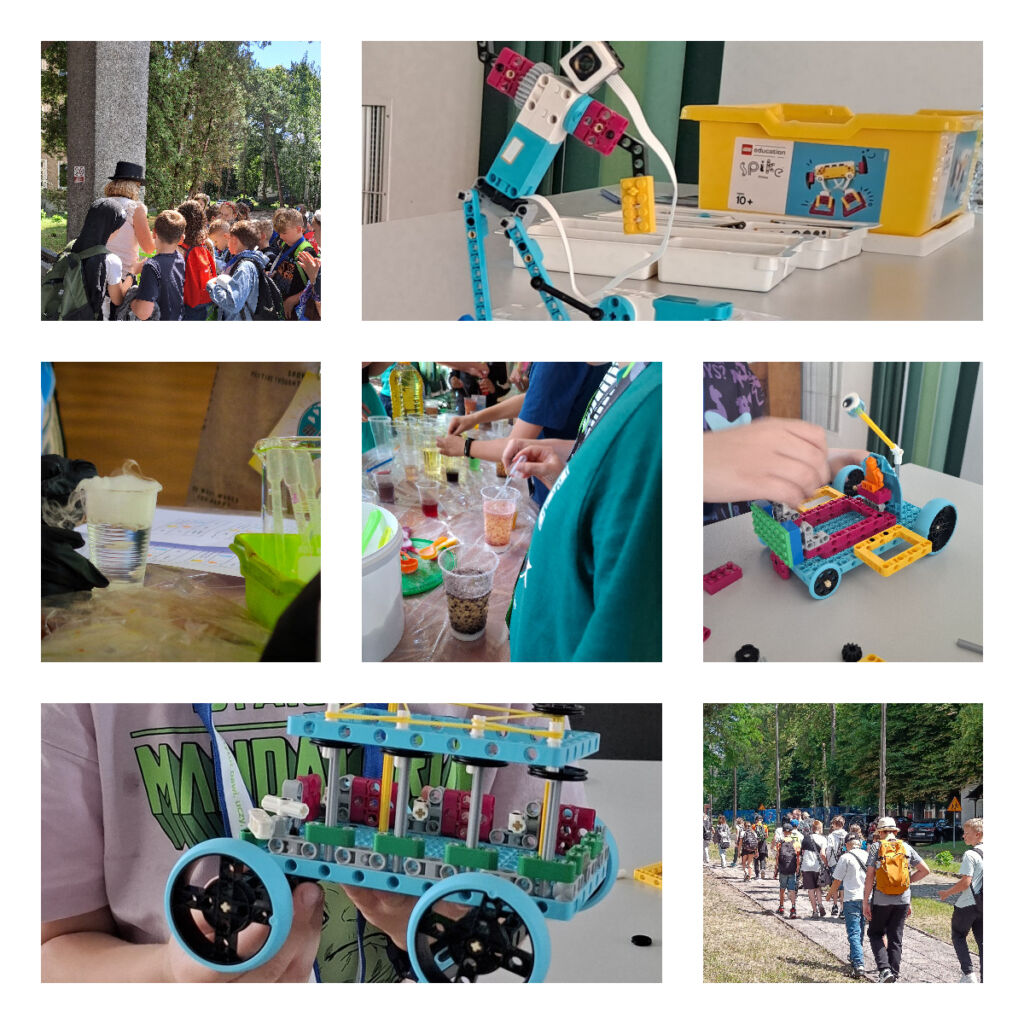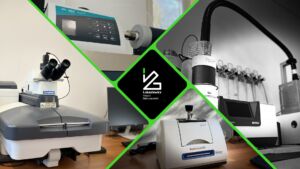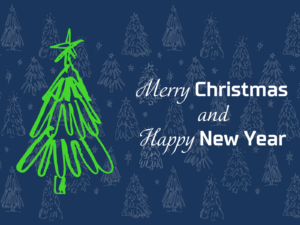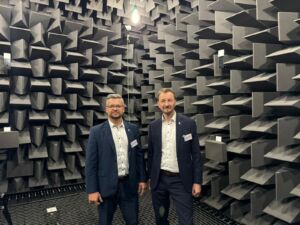More than 250 guests visited our Institute that day. These included pupils from, among others, local primary schools, together with their guardians, who were curious to know what our daily work was like. For the sake of our guests’ well-being, they were divided into smaller groups so that they could participate effectively in all the organised activities.
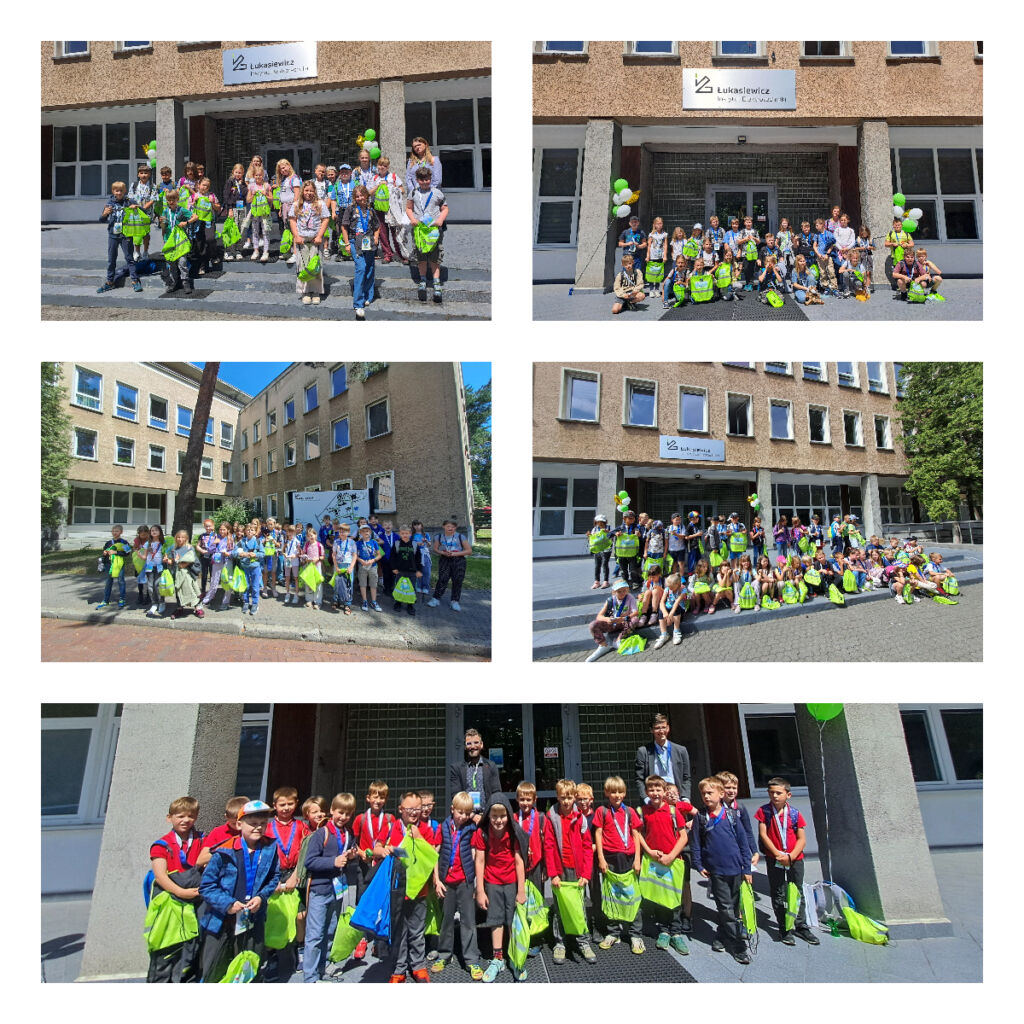
We started in the Łukasiewicz – IEL showroom, where attendees had the opportunity to see our researchers’ products, including a hydrogen tank, a 2×22 kW electric vehicle charging station, a heated tactical vest, a heated wall with internal insulation made from ground wind turbines and an overview of products for the energy industry.
We also discussed our other products including energy storage.
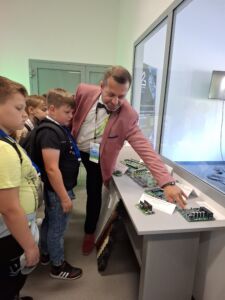
They were also able to travel back in time by visiting the Retro Chamber, where they learned about the history of our institute. It features, among other things, the story of ‘lightning striking the Polytechnic’ and the old technologies and equipment used in the 1970s and 1980s .

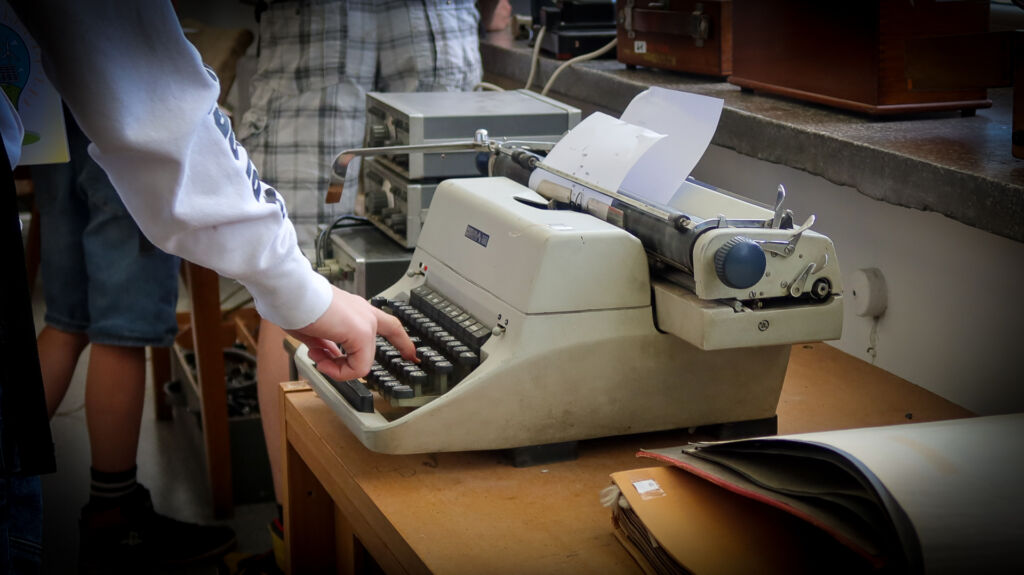
Another highlight was a tour of the laboratories. Accompanied by tutors and guides from the Institute, the pupils had the opportunity to see the research laboratories such as the high voltage and low voltage equipment laboratory, the electrical equipment laboratory and the calibration laboratory.
Of greatest interest was the ‘Big Bertha’, a 12 kV generator, unique in this part of Europe, with rated capacities of 25 MVA and 100 MVA (short-circuit capacities respectively: 500 MVA and 2500 MVA), as well as ‘Skinny Johnny’ from the High Voltage Laboratory that always attracts attention with its spectacular displays of lightning control.

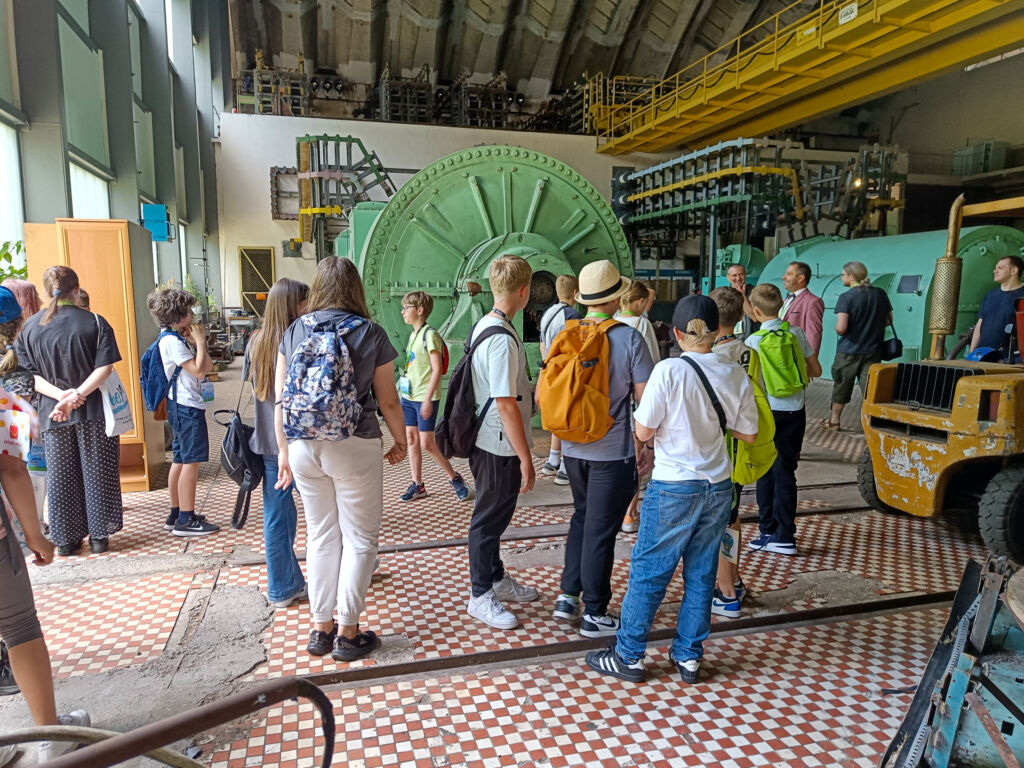
Afterwards, participants went to the science zone, where we presented our latest scientific achievements.
In the electromobility sector, we presented a 115 kV motor with an inverter. We also presented a programming laboratory in which drive systems and the behaviour of an electric vehicle are numerically investigated. Together with our guests, we talked about inductive chargers and the principles of the drive bench, where we test motors and drive inverters for vehicles.
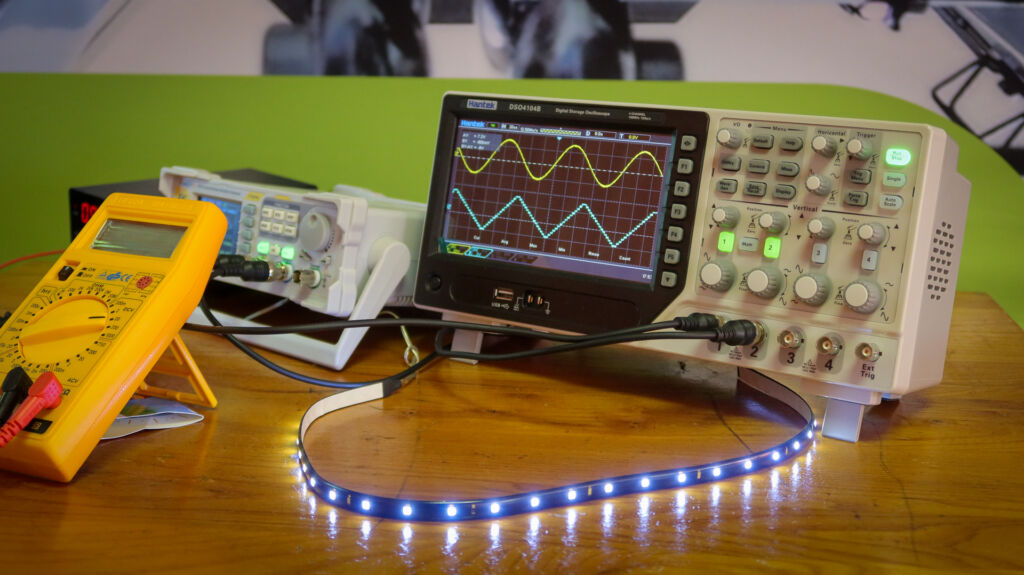


In the hydrogen sector, we demonstrated the electrolysis of water, the use of hydrogen generation and processing to power a model car powered by a hydrogen fuel cell, demonstrating the effect of oxidation-reduction on the durability of materials (corrosion).
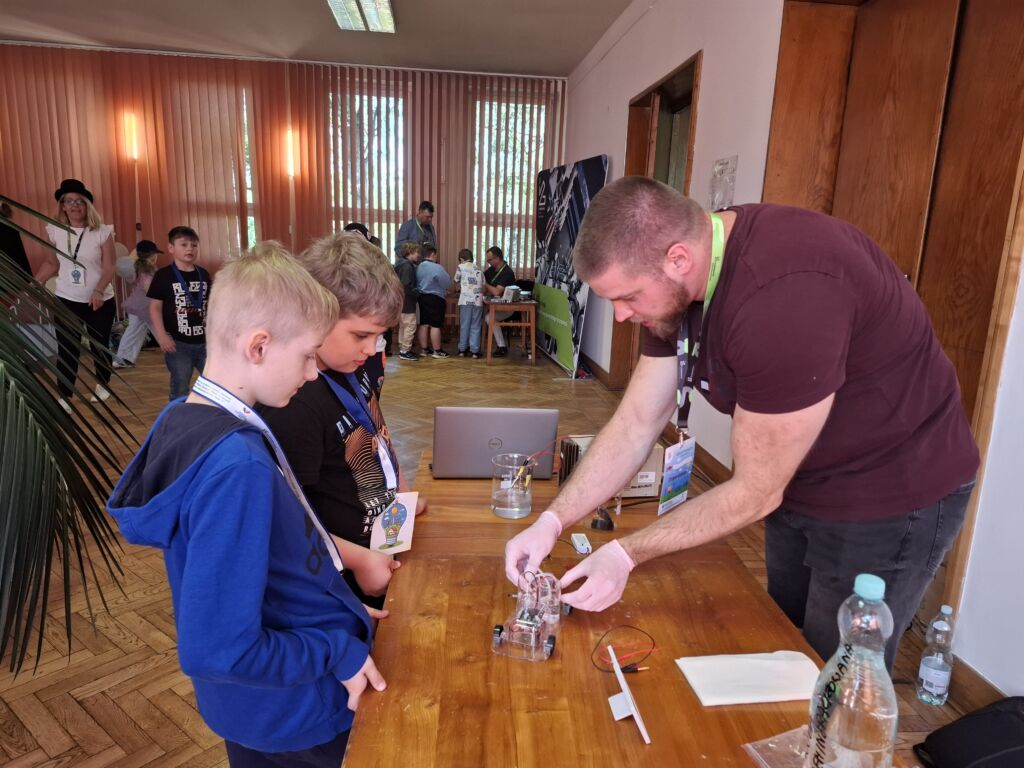

In the renewable energy sources sector, we mainly told the pupils about wind turbines and what happens to them at the end of their life. Our Research Centre for Electrotechnical Materials has developed a method for recycling used wind turbine blades.
The recycling sector demonstrated how seemingly different secondary materials can be combined. The figures we gave participants were made in our laboratories from epoxy resin with the addition of shredded (ground) to the size of a wind turbine blade and rhomboid (cut) wedding dresses. On a day-to-day basis, our scientists modify epoxy resin with such or similar additives to develop a method for recycling troublesome waste (blades, insulators, textiles, PV panels) or to improve the properties of multicomponent materials – functionalised composites and varnishes, e.g. with improved mechanical, electrical, barrier and flame resistance. Such innovative materials are then used to manufacture prototype profiles – insulators, GRP pipes, protective coatings or completely new solutions such as interior wall panels with heating and fire protection functions.


The entire event was enhanced by entertainers for the youngest, an illusionist show and LEGO construction competitions.
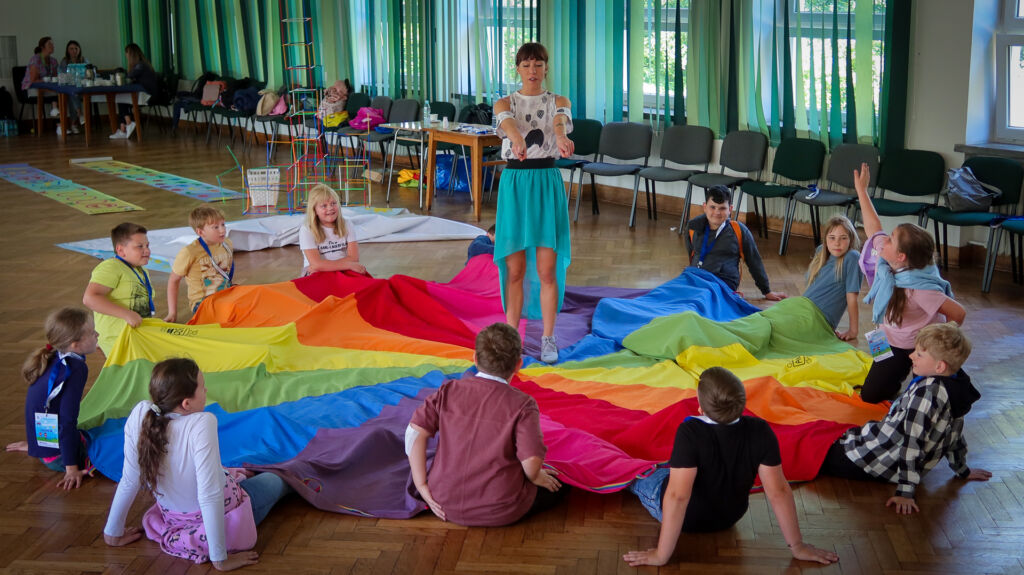
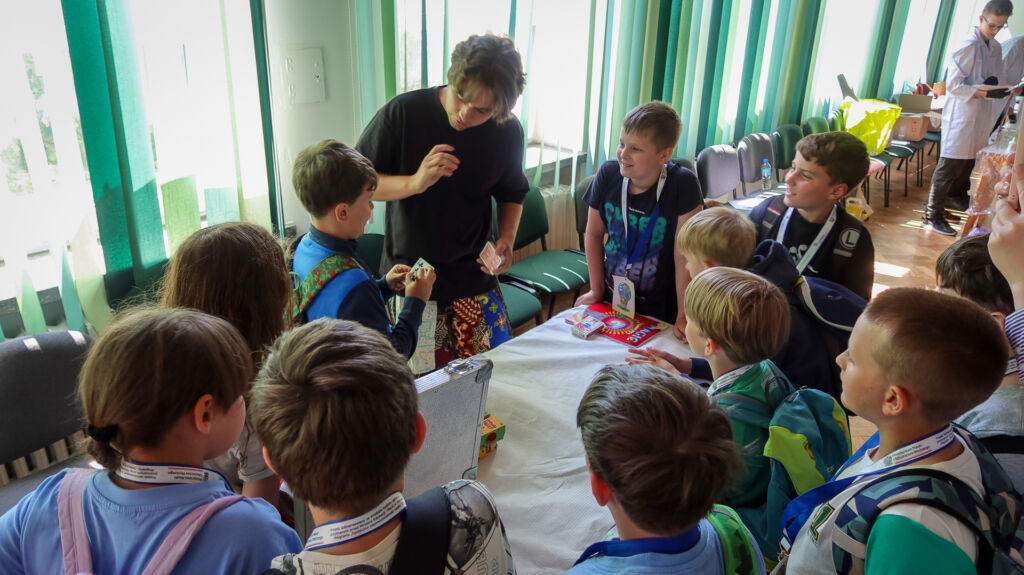

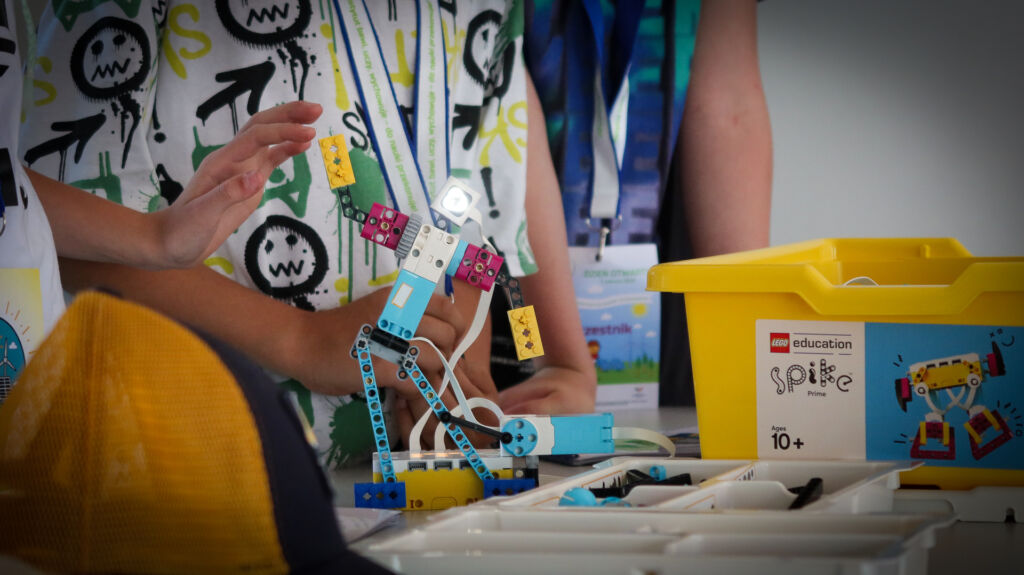
After such an exhausting adventure, our guests relaxed in a specially prepared “power” area, where burgers, pancakes and, of course, waffles awaited. All these were outdoor activities.


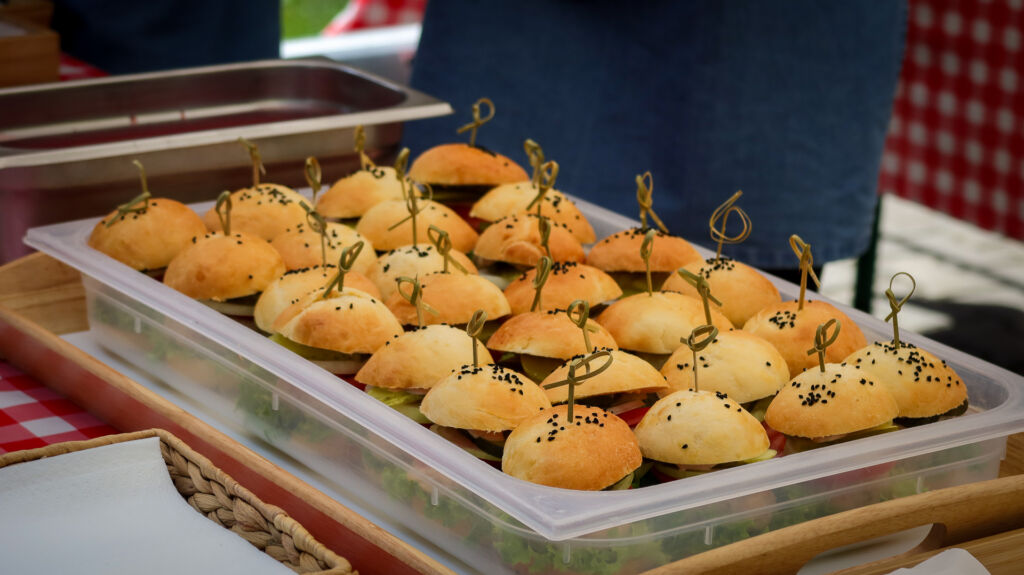
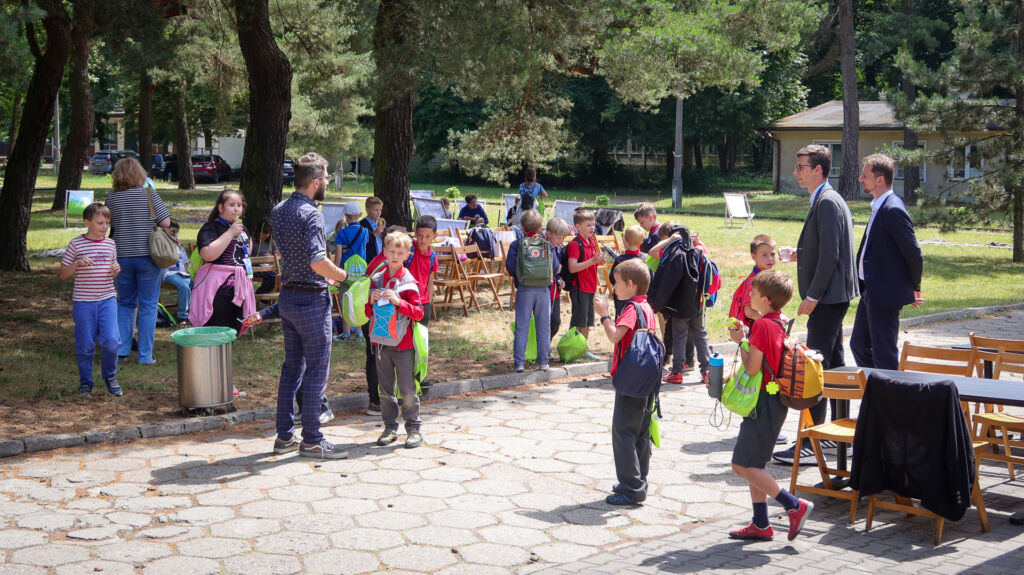
The entire event was enhanced by entertainers for the youngest, an illusionist show and LEGO construction competitions.

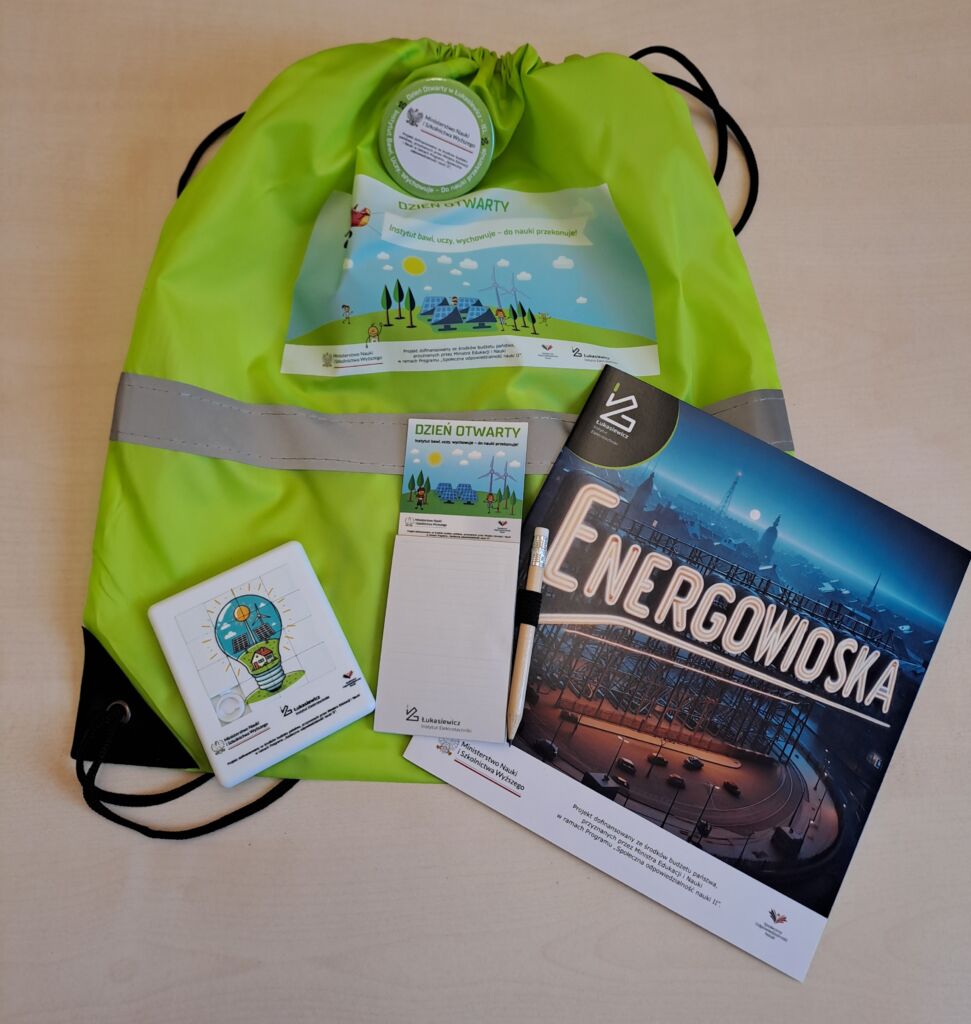
Science demonstrations and experiments are a great way to get young people interested in science and technology. Such experiences open our eyes to the fascinating world of phenomena and mechanisms that surround us.
Through such initiatives, we hope to have succeeded in instilling curiosity about the world in young minds and inspiring them to explore knowledge further. We would like to thank all participants for their active participation and hope to meet again at future events organised by Łukasiewicz – IEL. We will strive to make our event a regular part of the calendar of events organised in Warsaw’s Wawer district.
